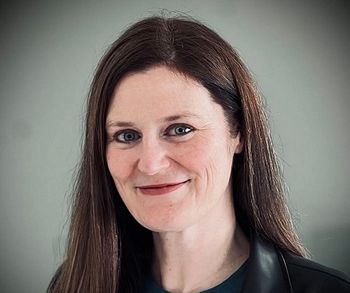
PTSD: A disorder in need of better understanding and care | Cassandra Lawson
Gaining the facts to fight the myths is the best way to dispel them, and to have a greater understanding of this disorder that affects so many people.
When most people think about post-traumatic stress disorder, the first things that come to mind are usually myths.
Movies, TV and the news have long portrayed people living with PTSD as the unhinged war veteran seconds away from violence. This is actively harmful to people who live with PTSD.
It is important to dispel the myths around this disorder in order to be more understanding and compassionate to the very real people living with it.
In order to do that, we have to understand what PTSD is and what it is not.
The myths, the facts
Let’s start with the myth that Hollywood helped portray – that PTSD is by-and-large a war veteran’s disorder. Studies have found that
A competing myth is that everyone who experiences a traumatic event will develop PTSD. One study actually found that 89.7% of adults have experienced a traumatic event as defined by the Diagnostic and Statistical Manual of Mental Disorders (
A related myth is that anything can be traumatic. While it’s true that many things can be traumatic, the DSM-V has set rules for what qualifies as a traumatic event that can lead to PTSD, specifically: exposure to, or threatened, death, violence, or sexual assault (exposure through electronic media was not counted, unless it pertains to one’s work).
Another myth is that PTSD will occur immediately after the traumatic event occurred. In reality, there is a specifier in the diagnostic criteria for PTSD in the DSM-V called “with delayed expression,” which means that PTSD can be fully diagnosed more than 6 months after the traumatic event.
Some mistakenly believe that PTSD is untreatable. However, even if someone has lived with PTSD for years, it can be treated.
There are a variety of treatments available for PTSD, and
This has an adjacent myth – that PTSD will simply resolve on its own. In reality, studies have shown that there is a slightly higher likelihood that
Yet another myth is that PTSD looks the same in everyone. One study showed that there are actually
Violence in PTSD is another myth. The DSM-V does mention physical aggression as a possible symptom, but it is distinct and defined differently from violence as we know it, as it stems from heightened reactivity to stressors.
According to the VA, most people living with PTSD are non-violent, and research has shown that when other factors are accounted for, there is
One last myth is that PTSD is a sign of weakness – this is a particularly harmful myth, as it reinforces the stigma around the disorder. Research from over 20 years ago showed how PTSD is a physiological response to a perceived life-threatening situation. Essentially, it is a reaction to surviving something terrible, not weakness.
How can you help?
Gaining the facts to fight the myths is the best way to dispel them, and to have a greater understanding of this disorder that affects so many people.
This means being willing to challenge any long-held beliefs you’ve had about PTSD, and to put in the work to really understand the facts.
More importantly, it is up to you to be willing to extend compassion to people living with this disorder – to try and understand what life is like for them, and to extend kindness and care instead of fear and scorn.
Every time you challenge these myths with a compassionate outlook, you are helping to make the world a kinder, safer place for people who are living with PTSD.
Cassandra Lawson is a researcher for Mindfuli, a virtual mental health platform that uses technology to enhance human connectedness and the delivery of mental health care.






































